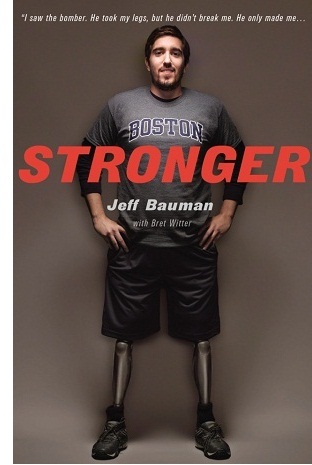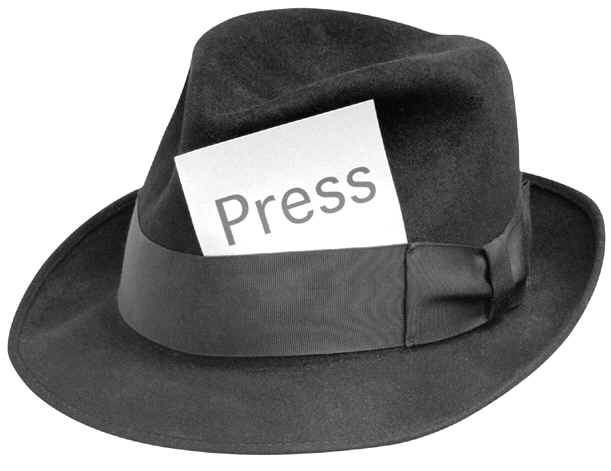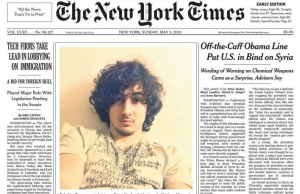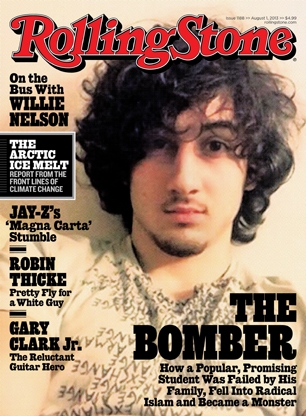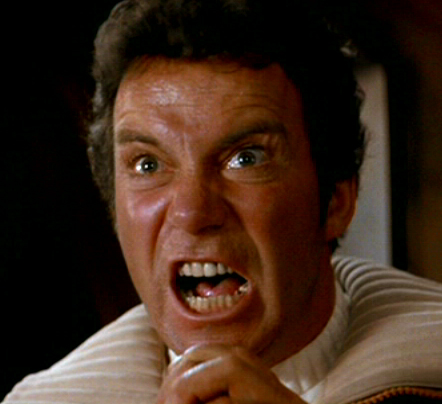Jeff Bauman has gotten so much attention since the Boston Marathon bombings a year ago that I had resolved not to write about him here. I’m as inspired by his story as everyone else; I simply thought there was nothing I could say about the guy that hadn’t been already said.
Then I started reading his new book “Stronger.”
Mood music:
I’ve only read previews and excerpts thus far, but already I’m seeing something special.
About now you’re thinking I’m daft for only just now seeing something special. After all, the man’s durability of body and spirit has been evident since the day that bomb blew his knees off. We’ve seen picture after picture of him smiling in the hospital, throwing the first pitch at the start of a Red Sox game and appearing at the start of a Bruins playoff game.
But what I’ve read reveals raw feelings beneath the smile. In particular, he shows his discomfort as sports teams and politicians ask him to make appearances. He writes:
Did the Boston Bruins really want to do something nice for Jeff Bauman the human being? Or did they want him to be a prop? Something they could use to make a crowd of people cheer? Look at Jeff, isn’t he adorable? Look at Jeff, isn’t he brave? Look at Jeff, he’s a symbol. He’s a marketing tool.
Bauman also shares his relationship struggles before and after the bombings. He reveals the mood swings and commitment issues he thrust upon girlfriend Erin Hurley. Happily, the couple recently announced their engagement and that they are expecting a baby.
For me, there are three valuable lessons as I continue to read his story:
- Don’t believe all the hype that surrounds you. Bauman knows he’s not the special snowflake the media and sports franchises portray him as. He’s essentially a regular guy who was in the wrong place at the wrong time and is doing the best he can with the fate he’s been handed. My experience as a writer is that people regularly put me on a pedestal for sharing my demons. I know I’m not special. Though, trust me, when people tell you you’re awesome often enough it’s easy to start believing it.
- Smile, even when you don’t feel like it. We’ve seen all those pictures of Bauman smiling as he tries out his new prosthetic limbs. His writing reveals that on many days he didn’t feel like smiling. But he did anyway, and whether intended or not, that gives others the shot of inspiration needed to forge ahead in the face of adversity.
- Make the best of bad situations. We all go through bad times. When we do, it’s hard to recognize the blessings hidden in them. Bauman knows his experience has made him stronger and that there are plenty of ways he can turn tragedy into something good. Reluctant as he may be some days, he has certainly made the best out of his situation.
Thanks for the inspiration, Jeff. And congratulations on the new book. I look forward to reading it in its entirety.
